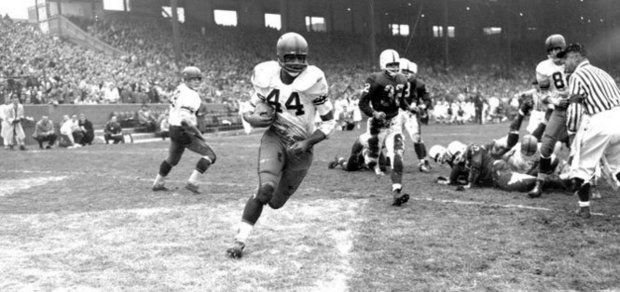


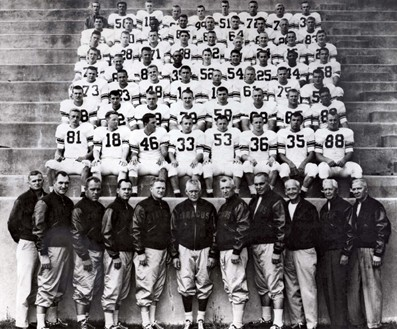
| Kansas (5-5) | 35-21 | |
| Maryland (5-5) | 29-0 | |
| (neutral site) Navy (5-4-1) | 32-6 | |
| Holy Cross (6-4) | 42-6 | |
| West Virginia (3-7) | 44-0 | |
| at Pittsburgh (6-4) | 35-0 | #13 |
| at Penn State (9-2) | 20-18 | #10 |
| Colgate (2-7) | 71-0 | |
| at Boston (4-5) | 46-0 | |
| at UCLA (5-4-1) | 36-8 | #17 |
| Cotton Bowl Texas (9-2) | 23-14 | #4 |
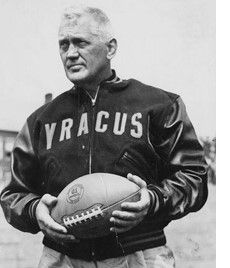
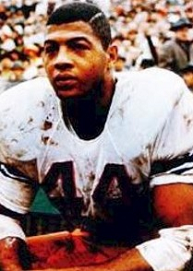
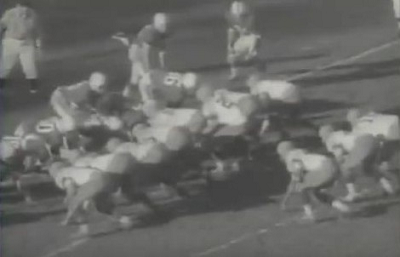
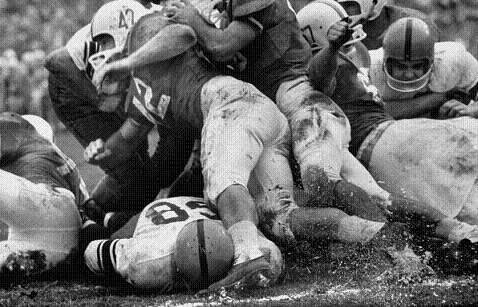
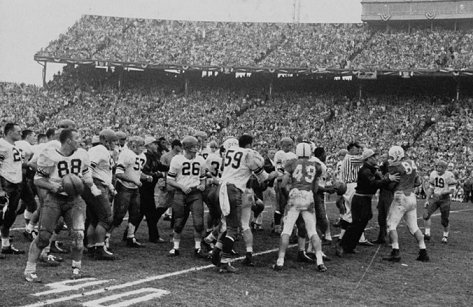
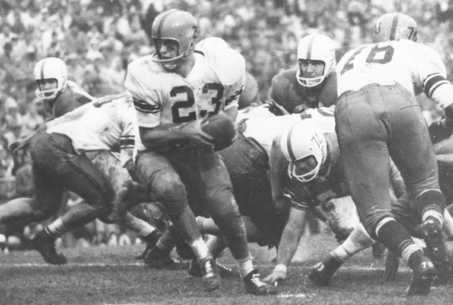
| 1) National Championship Foundation | 4.85 |
| 2) DeVold
(math system) |
4.80 |
| 3) Billingsley (math) | 4.79 |
| 4) Poling
(math) |
4.60 |
| 5)
College
Football Researchers Association |
4.59 |
| 6) Houlgate (math) | 4.53 |
| 7) Sagarin-ELO (math) | 4.35 |
| 8) AP Poll | 4.34 |
| 9) Dunkel (math) | 4.28 |
| 10) Litkenhous
(math) |
4.26 |
| 11) Helms Foundation | 4.25 |
| 12) Boand (math) | 4.24 |
| 13) Sagarin (math) | 4.08 |
| 14) Williamson (math) | 3.89 |
| 15) Berryman (math) | 3.21 |
| 1) Boand (math system) | 4.26 |
| 2) College Football Researchers Association | 4.22 |
| 3) Poling (math) | 4.11 |
| 4) Helms | 4.09 |
| 5) Sagarin-ELO (math) | 4.06 |
| 6) National Championship Foundation | 3.96 |
| 7) Dickinson (math) | 3.49 |
| 8) Houlgate (math) | 3.35 |
| 9) Billingsley (math) | 3.34 |
| 10) Sagarin (math) | 3.28 |
| 11) Parke Davis | 2.77 |
| 1) Houlgate (math system) | 4.5 |
| 2) Helms | 4.3 |
| 3) Parke Davis | 4.2 |
| 4) National Championship Foundation | 3.7 |
| 5) Billingsley (math) | 3.6 |